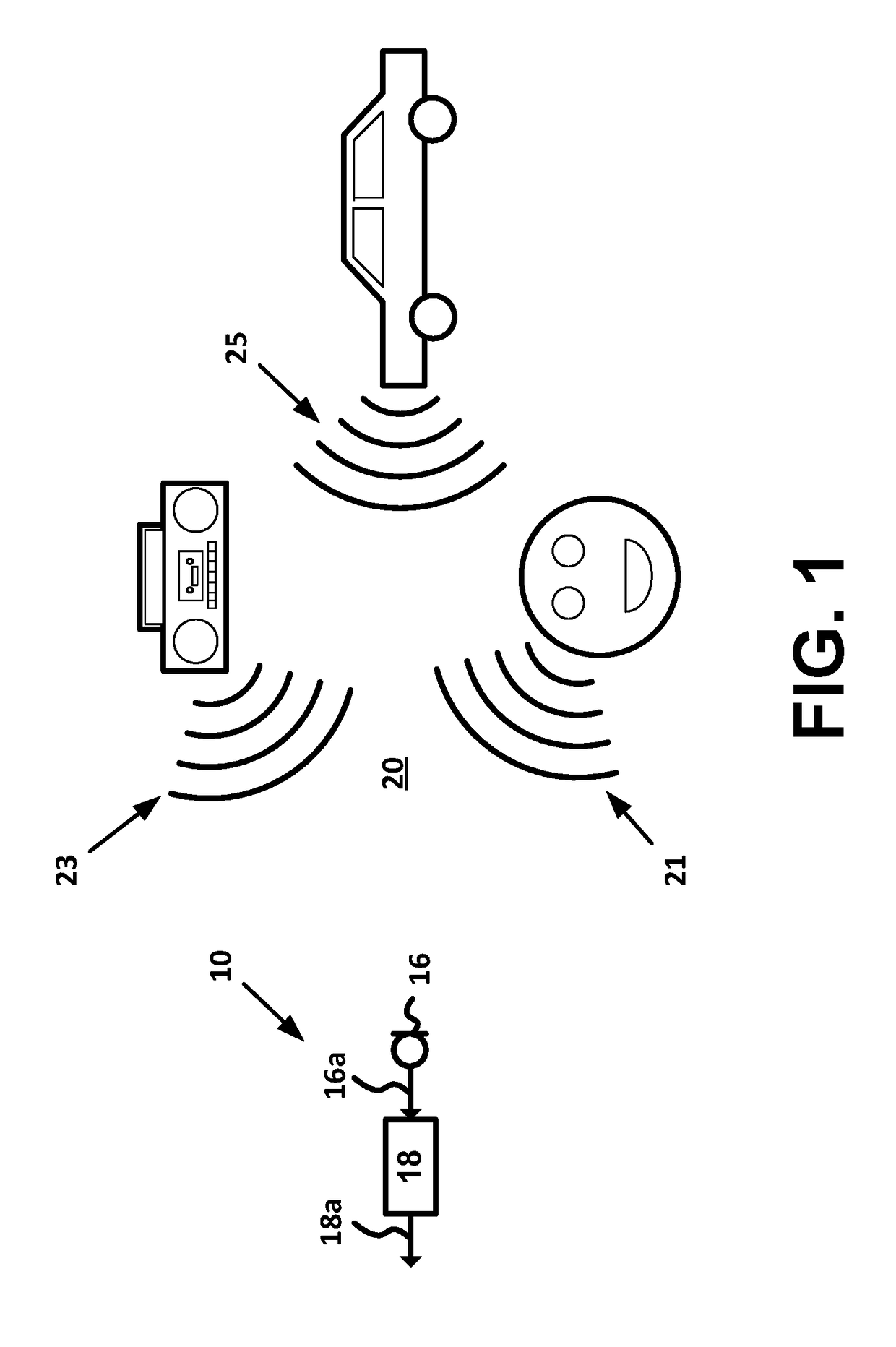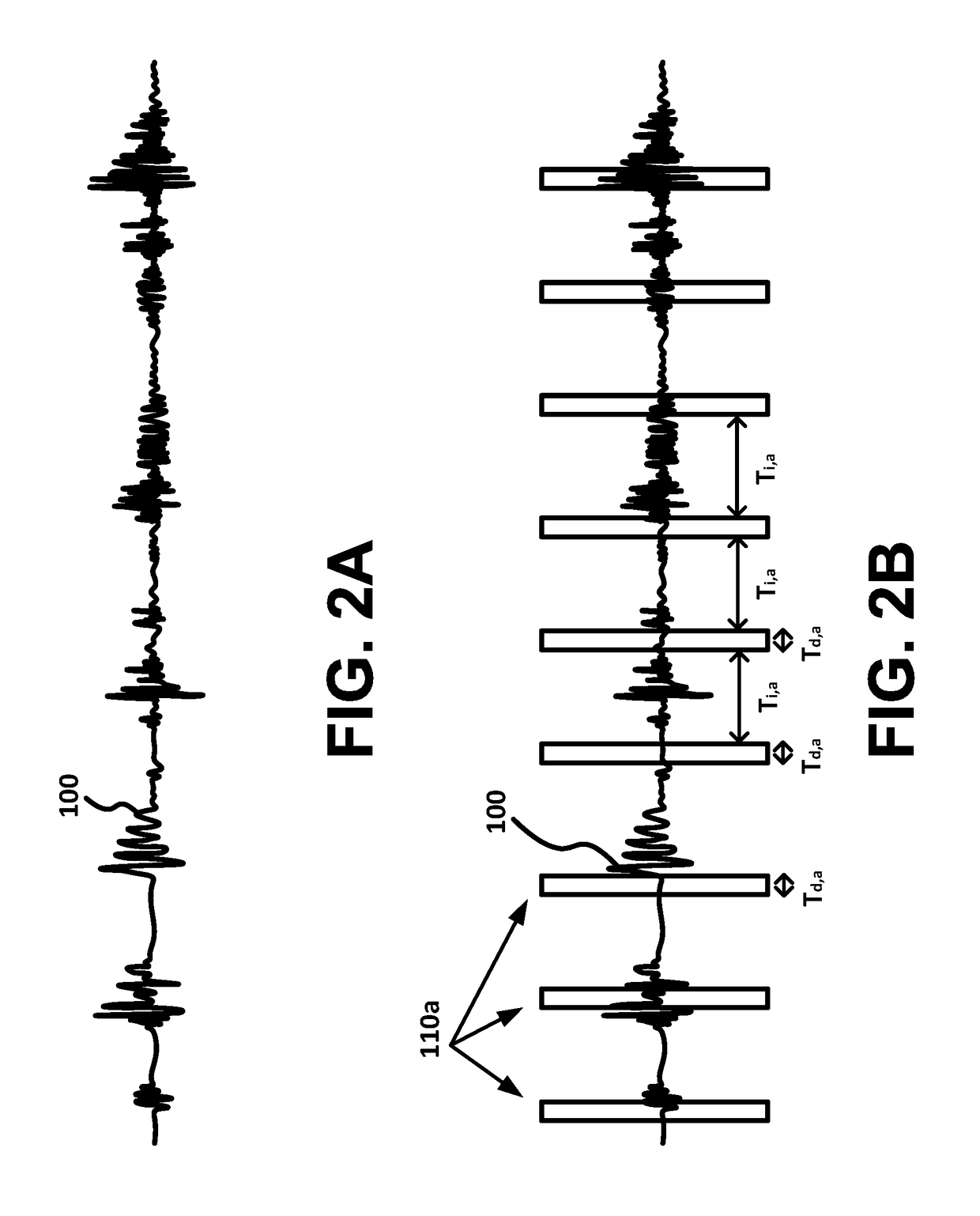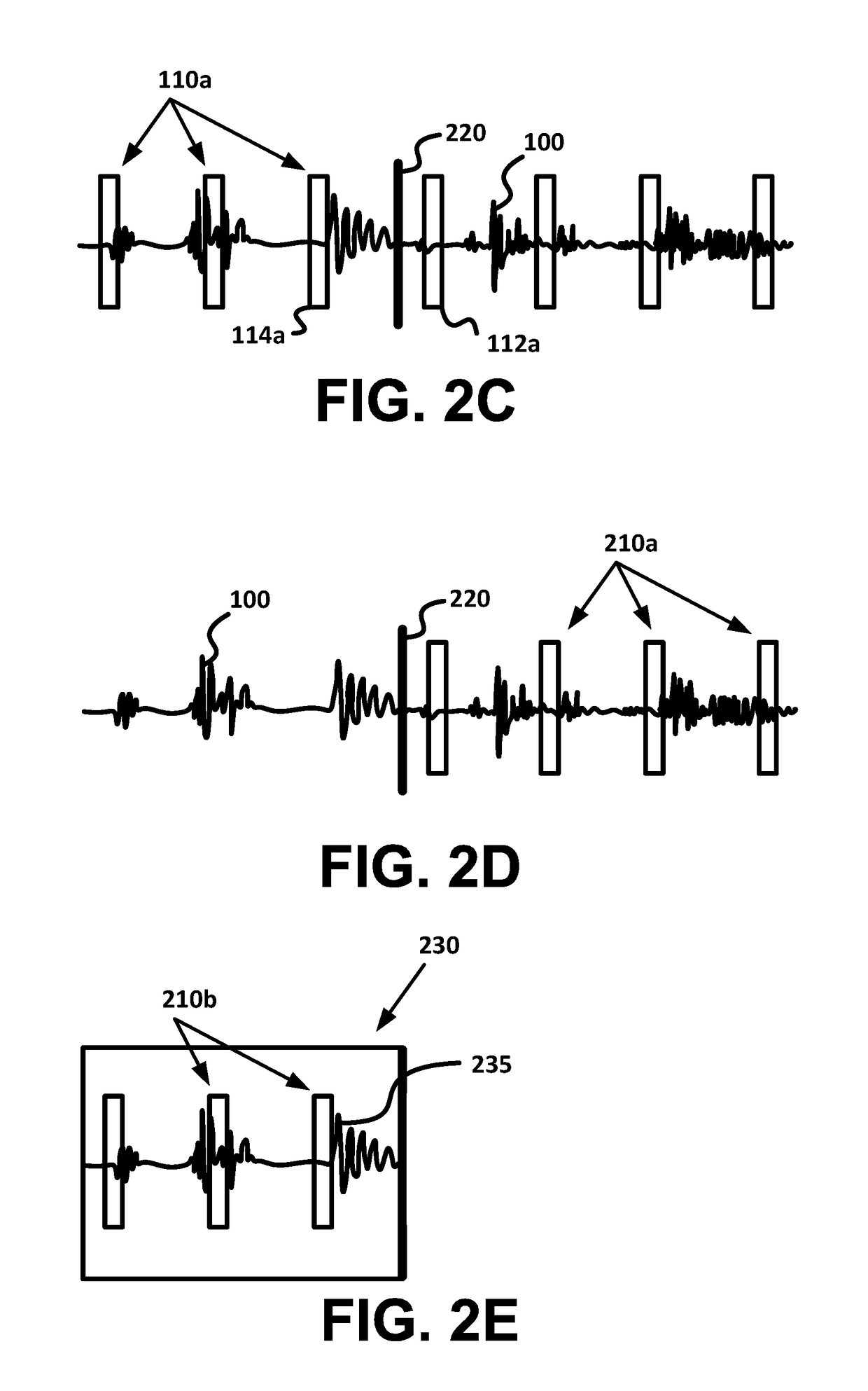Audio logging for protected privacy
a technology for protecting privacy and recording, applied in the field of recording, to achieve the effect of facilitating the use of recorded time segments
- Summary
- Abstract
- Description
- Claims
- Application Information
AI Technical Summary
Benefits of technology
Problems solved by technology
Method used
Image
Examples
Embodiment Construction
[0029]The present disclosure will focus on application in the context of hearing prosthesis or hearing prosthesis system. It will be understood, however, that principles of the disclosure can be applied as well in numerous other contexts, such as with respect to numerous other types of devices or systems that receive audio input. Further, even within the context of hearing prostheses, it will be understood that numerous variations from the specifics described will be possible. For instance, particular features could be rearranged, re-ordered, added, omitted, duplicated, or otherwise modified.
[0030]Devices as described herein can operate to receive audio input from an audio environment and to perform operations based on such received audio input. An audio environment at a particular location includes any sounds that are present at the particular location. Such an audio environment could include sounds generated by a variety of sources that are proximate to the particular location or ...
PUM
 Login to View More
Login to View More Abstract
Description
Claims
Application Information
 Login to View More
Login to View More - R&D
- Intellectual Property
- Life Sciences
- Materials
- Tech Scout
- Unparalleled Data Quality
- Higher Quality Content
- 60% Fewer Hallucinations
Browse by: Latest US Patents, China's latest patents, Technical Efficacy Thesaurus, Application Domain, Technology Topic, Popular Technical Reports.
© 2025 PatSnap. All rights reserved.Legal|Privacy policy|Modern Slavery Act Transparency Statement|Sitemap|About US| Contact US: help@patsnap.com



